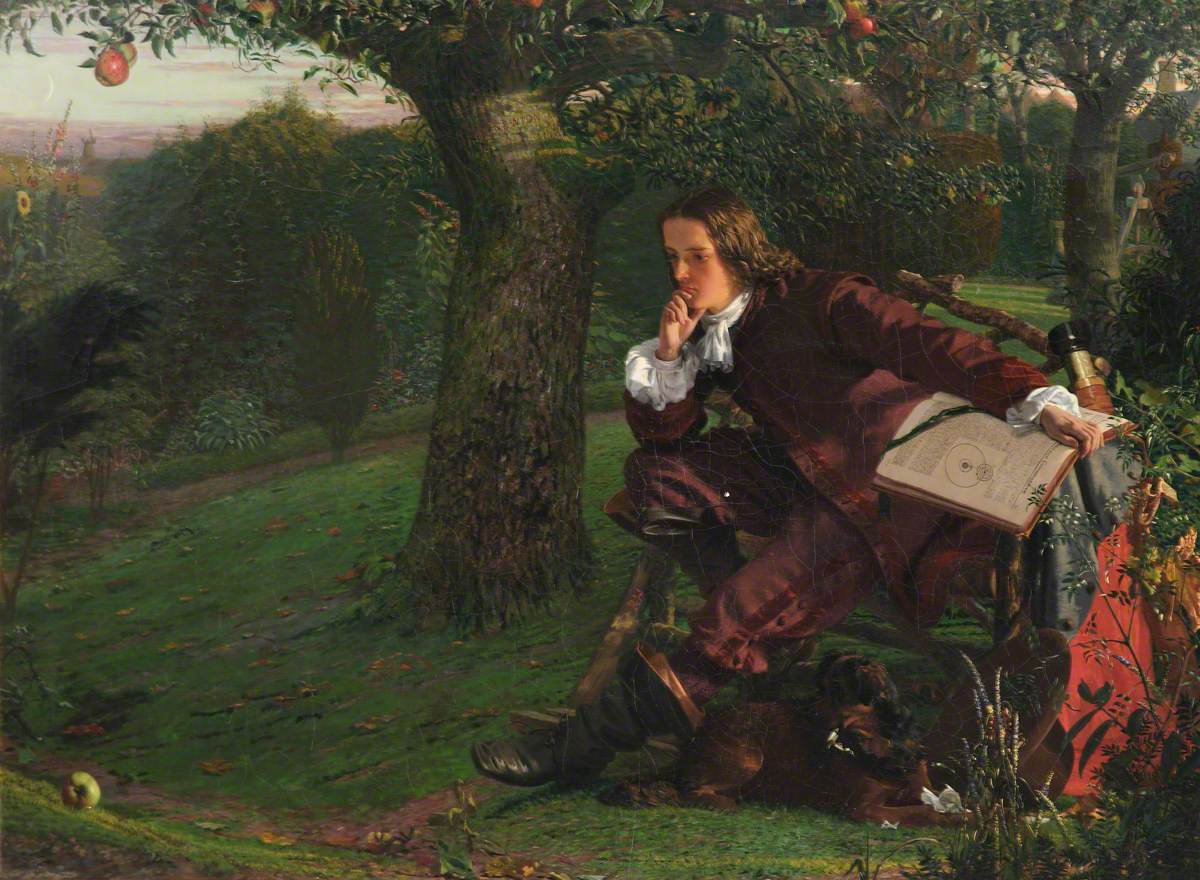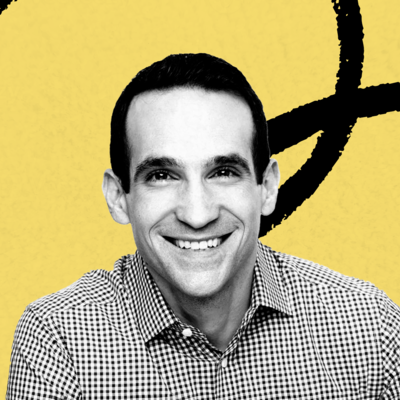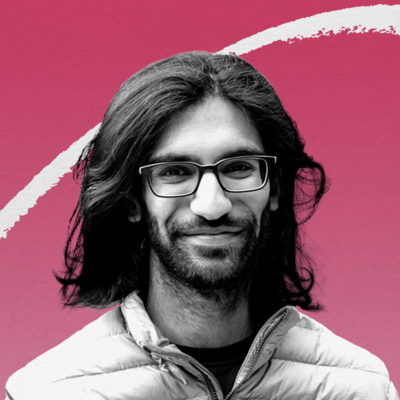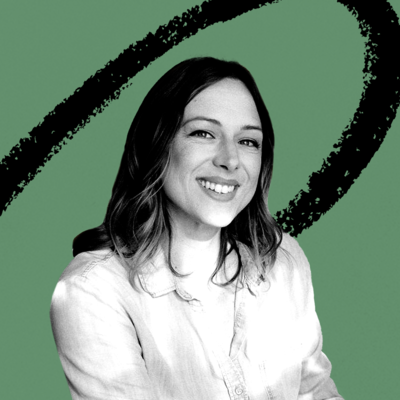
🔓 This is a free preview of a Premium Members only post! 🔓
📣 Hi! Dan here — just a quick note to let you know that I have decided to donate 50% of membership fees for this month to COVID relief efforts. Thank you all for your support, it means so much to me. I will update you once I have a list of causes and amounts. 📣
Take a look around you. What’s in the room?
In the room around me, I see the laptop I’m using to write this post. I see a bottle of CVS-brand hand sanitizer with added aloe. I see a plant that a friend bought for me last year after I went through a tough time. I see a half-empty bottle of Poland Spring lime seltzer, bought from a bodega on DoorDash. I see a half-burnt candle sitting in a glass cup. I see a stack of books.
It’s the same stuff I’ve been looking at now for three weeks. If you’re lucky enough to be healthy, this is the problem with the COVID quarantine: everything is the same. All. The. Time.
https://twitter.com/davejorgenson/status/1242305292592963586
Sameness is a new problem for most of us. Usually we escape it by changing our environment.
We leave the house every day. We see people, get into unfamiliar situations, travel to places we’ve never been before. The world is dynamic, alive, and changing all the time.
You can’t do this in quarantine.
You sleep on the same side of the bed in the same position every night. You wake up in the morning and brush your teeth standing in the same spot on the bathroom floor, you make your eggs in the same way, you sit down to your Zoom calls in the same chair with the same background.
When your environment never changes your world shrinks in front of your nose. What was once wide and open and full of possibilities now ends at your front door.
We are wired to notice change; when everything is static what is there to see?
.
The Only Subscription
You Need to
Stay at the
Edge of AI
The essential toolkit for those shaping the future
"This might be the best value you
can get from an AI subscription."
- Jay S.
Join 100,000+ leaders, builders, and innovators

Email address
Already have an account? Sign in
What is included in a subscription?
Daily insights from AI pioneers + early access to powerful AI tools











Comments
Don't have an account? Sign up!